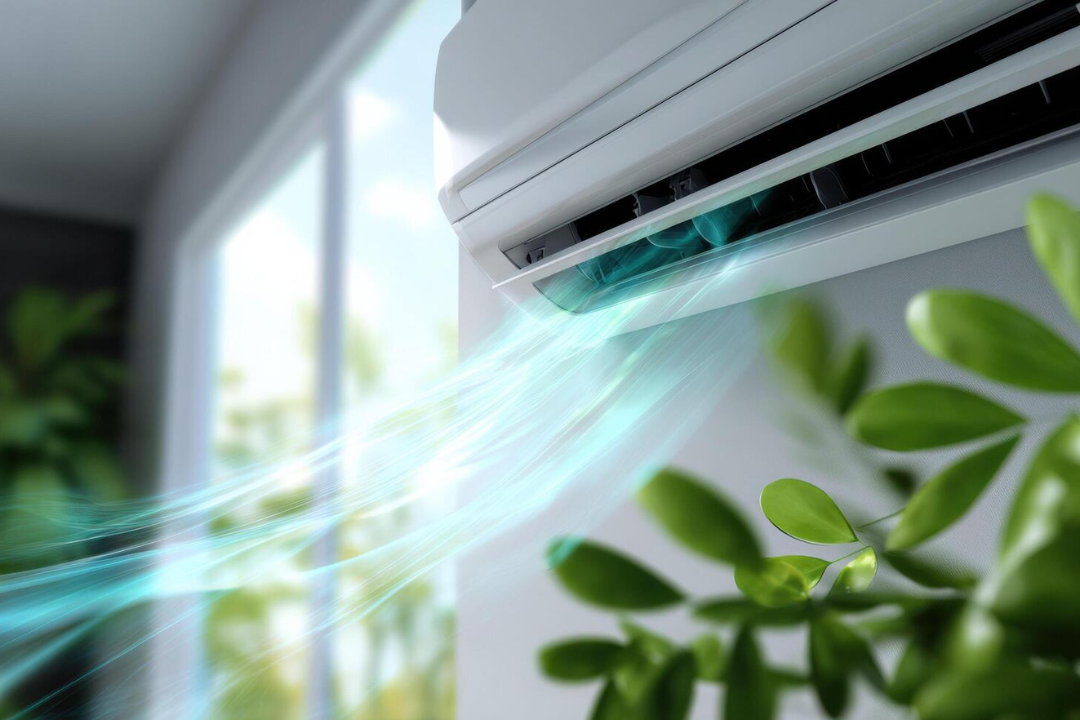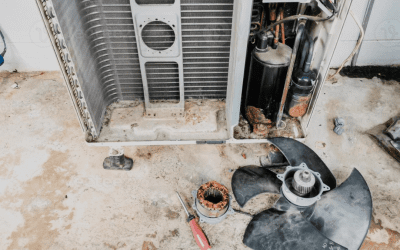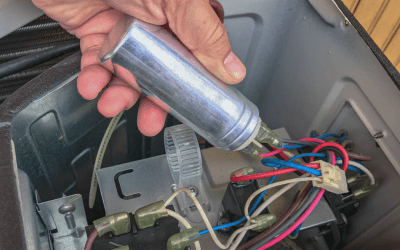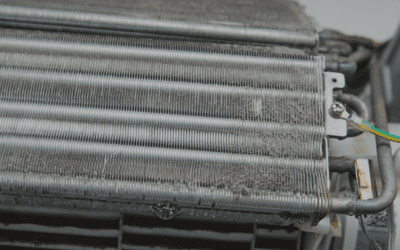It may not come as a surprise to you that the environment plays a huge role in your overall health. The very air that surrounds you could be the cause of your chronic headaches, your allergies, and even symptoms that feel a little like vertigo. Areas and places with high levels of pollution and allergens can all exaggerate symptoms like these, but what can you really do to alleviate them?
Focusing on your indoor air quality should be a priority, particularly for individuals who suffer from chronic issues such as these. The Environmental Protection Agency has considered indoor air quality as one of the top five environmental risks to public health for the past several years. Most homes have indoor air quality that is anywhere from two to five times more polluted than the air outdoors.
In some extreme cases, they found that indoor air quality could be more than a hundred times more polluted than the outside air.
You may automatically assume that you need to vacuum more often, dust more regularly, and bleach every surface of your home. However, basic cleaning rituals will only do so much to improve the overall quality of the air.
In order to eliminate the problem at its source, you may need to examine the performance of your HVAC system.
Homeowners should consider investing in annual maintenance for their HVAC system with a professional and qualified company. In many cases, professionals can identify and address issues before they become a major problem for your home. They may even be able to make recommendations on products or activities that could improve the indoor air quality.
Are you still unsure how your HVAC system affects the quality of your indoor air? Here are three major ways that your heating and cooling system may be affecting your indoor air quality and your health.
A dirty system pumps contaminants into the air
Can you remember the last time you changed your air filter? Most manufacturers recommend changing the air filter at least every ninety days. Depending on the makeup of your family, you may need to change it every single month. This particularly applies to families who have pets or severe allergies.
When your air filter is clogged with dust, dirt, pollen, pet dander, and other types of debris, you aren’t experiencing truly clean air in your home. Instead, the air is being filtered through these contaminants and polluting the rest of the home. A clogged air filter can’t continue to effectively trap new bacteria and dirt, which leads to a significant difference in the quality of the air.
Allergy sufferers may notice a dirty air filter before anyone else in the home. They tend to be more sensitive to the increase in allergens than other individuals.
An annual inspection of your HVAC system often includes a thorough cleaning as well. This can help to reduce the buildup that occurs within the main unit, making it run easier and improve the overall air quality. When this is performed in combination with routinely changing the air filter, you have far fewer particles in the air that lead to health problems.
A humid home leads to mold growth
The odds are that you already knew mold was bad for your health, but did you know that your air conditioner may be pumping it into your home? When your home is too humid inside, the air has an excessive amount of moisture. In turn, that moisture gets converted to condensation that can build up on your windows, your walls, and within the ductwork of your home.
Stagnant water or constantly elevated levels of moisture provide the perfect breeding grounds for bacteria that produce mold and mildew.
Identifying mold growth on your own may not be physically possible without tearing apart your home. A musty odor, similar to that of dirty socks, is typically a key indicator that mold is beginning to grow somewhere in the home. If you suspect that it may be the ductwork, try to take a look inside.
Once mold and mildew grow inside the walls or ductwork of your home, it can be difficult and expensive to fully eradicate it. Simply cleaning the affected area won’t necessarily eliminate the issue if you haven’t addressed the cause of the growth.
Classic Services Air Conditioning & Heating can recommend a dehumidification system to prevent moisture buildup that leads to mold growth. When the moisture is pulled out of the air appropriately, your home remains more comfortable and has better indoor air quality.
A lack of ventilation can mean stale air
There’s nothing worse than continuously cycling the same dirty air throughout your home. Once you identify that there may be a problem with your indoor air quality, you need to take steps to correct it. One of the simplest ways to rid your home of stale and contaminated air is to ventilate the house properly.
You will want to make sure that you vent items like dryers and fireplaces directly to the outside. These areas may allow stale air to sit stagnant in your home when they aren’t properly ventilated.
Some homeowners tend to favor extremely strong chemicals for their routine cleaning, but you can definitely have too much of a good thing. Others may be doing more work than usual in their home, including the use of chemicals or paint. Items that fall into these categories can be serious contaminants that need to be released into the outdoor air.
Ventilation is necessary under circumstances like these, especially for homes that are generally sealed tightly. This allows you to bring in fresher air that is void of these harmful chemicals and contaminants, making for a fresher environment with better indoor air quality.
If the weather is nice outside, increasing the ventilation could be as simple as opening a window. You can enjoy the fresh air of the outdoors while also creating better air quality inside your home.
You may see the health benefits of improving indoor air quality almost immediately.






